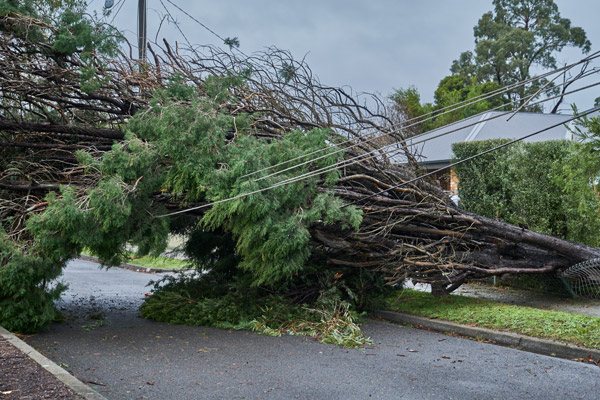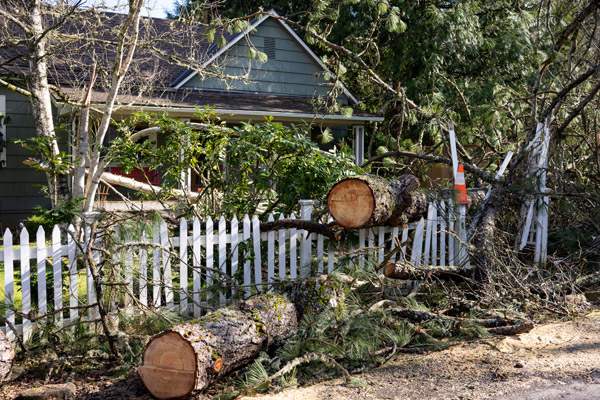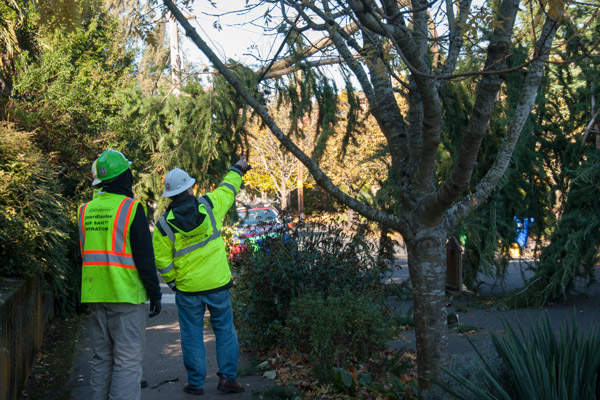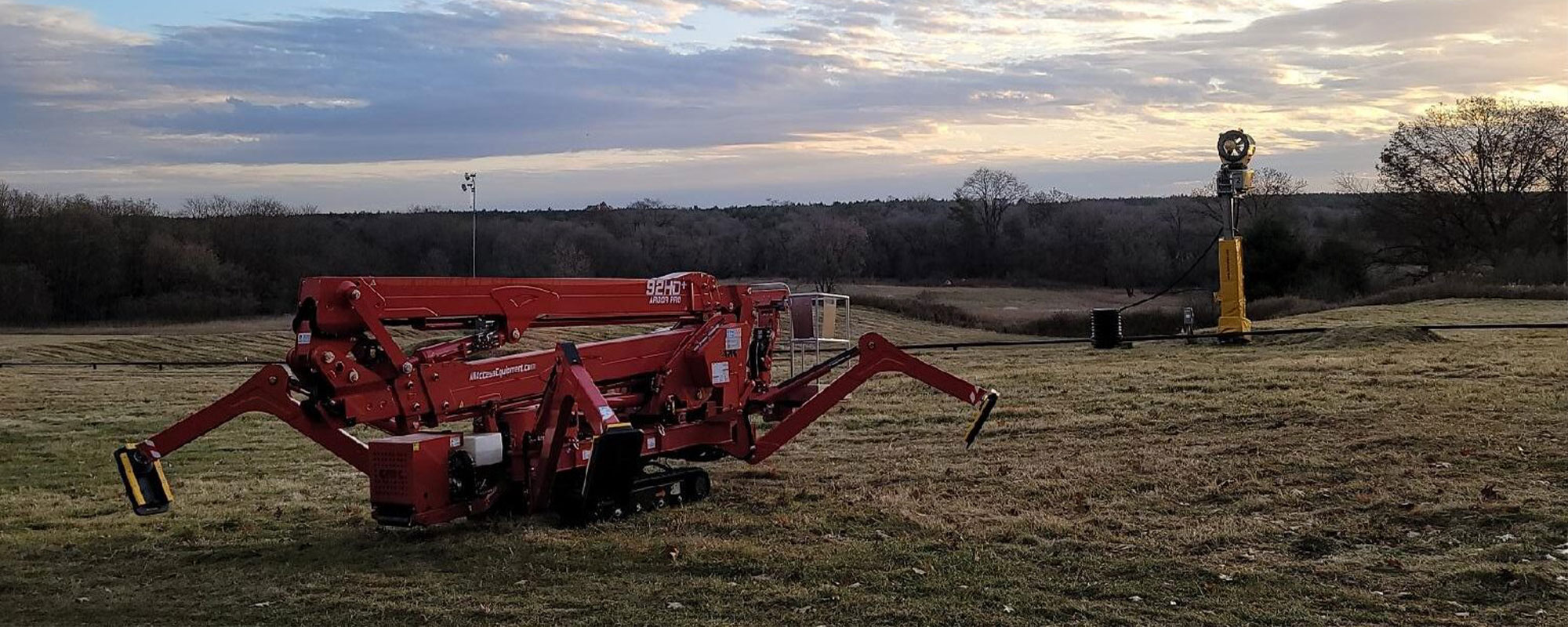
29 Aug 7 Tips for Emergency Storm-Damaged Tree Cleanup
Storms can leave a trail of destruction in their wake, often causing significant damage to trees around homes and businesses. Dealing with storm-damaged trees can be overwhelming, but taking the right steps can help ensure safety and minimize further damage.
At Gabe’s Tree Service, we are here to help you with storm cleanup damage and emergency situations where there are fallen trees or limbs. Here is a comprehensive guide for property owners on what to do when faced with emergency storm-damaged tree cleanup:
Tip #1: Assess the Damage Safely
Before taking any action, it’s important to assess the damage safely. Avoid rushing outside immediately after a storm, as there may be hidden dangers such as downed power lines, unstable branches, or weakened tree trunks that could pose a risk.
Always prioritize personal safety and that of others before evaluating the extent of the damage.
Tips:
- Wear protective gear such as gloves, hard hats, and safety goggles.
- Stay away from hanging branches or trees leaning precariously.
- Keep children and pets away from the damaged area.

Tip #2: Avoid DIY Cleanup for Large Trees
Instead, contact a professional tree service! While smaller debris like twigs and branches might be manageable, larger trees or significant damage require professional intervention.
Attempting to cut or remove large, storm-damaged trees without proper equipment and expertise can lead to severe injuries.
Tips:
- Contact a certified arborist or professional tree service with experience in storm damage cleanup.
- Don’t use a chainsaw or other power tools unless you are trained and equipped with appropriate safety gear.

Tip #3: Document the Damage for Insurance Claims
If the storm-damaged trees have caused harm to your property, documenting the damage is vital for insurance claims. Take clear photos and videos of the affected areas, including fallen trees, damaged structures, and any other relevant evidence.
Tips:
- Save copies of any correspondence with your insurance company regarding the damage.
- Keep records of any cleanup or repair costs to provide as evidence for your claim.

Tip #4: Clear Small Debris Safely
For minor branches and smaller debris that can be handled without professional help, follow proper safety procedures. Use tools like loppers or hand saws to trim broken branches, and ensure you dispose of the debris responsibly.
Tips:
- Check with your local waste management service for guidelines on disposing of tree debris.
- Use a tarp to gather and move smaller debris, making the cleanup process more manageable.

Tip #5: Prevent Further Tree Damage
Once the immediate dangers have been addressed, it’s essential to prevent further damage to your trees and property.
This may involve trimming or pruning weakened branches, staking young or damaged trees, or even removing a tree entirely if it poses a future risk.
Tips:
- Regular maintenance of trees, including proper pruning, can help reduce the risk of future storm damage.
- Consult an arborist to assess the health of your trees post-storm for possible special care or removal.

Tip #6: Prep for Future Storms
While storms are unpredictable, there are steps you can take to mitigate the risk of future storm damage to your trees. For example, regular tree maintenance, strategic planting, and understanding the strengths and weaknesses of different tree species can make your property more resilient to severe weather.
Tips:
- Remove dead or diseased trees promptly to prevent them from becoming hazards.
- Plant trees with storm resistance in mind, avoiding species known for weak wood or shallow roots.

Tip #7: Hire a Licensed and Insured Tree Service
When hiring a tree service for emergency cleanup, ensure that the company is licensed and insured.
This protects you in case of accidents during the cleanup process and guarantees that the service is qualified to handle storm-damaged trees.
Tips:
- Request proof of insurance and check online reviews or references.
- Get a written estimate before any work begins to understand the costs involved.

Storm Damaged Tree Cleanup: In Conclusion
Emergency storm-damaged tree cleanup is a challenging but necessary task to restore safety and order to your property. By following these tips, you can handle the aftermath of storm damage effectively, minimize risks, and ensure that your trees and landscape are properly cared for in the long term.
Always prioritize safety, consult professionals when needed, and take proactive steps to protect your property from future storm damage. At Gabe’s Tree Service, we serve Waupaca, Steven’s Point, Oshkosh, and Appleton, WI.

